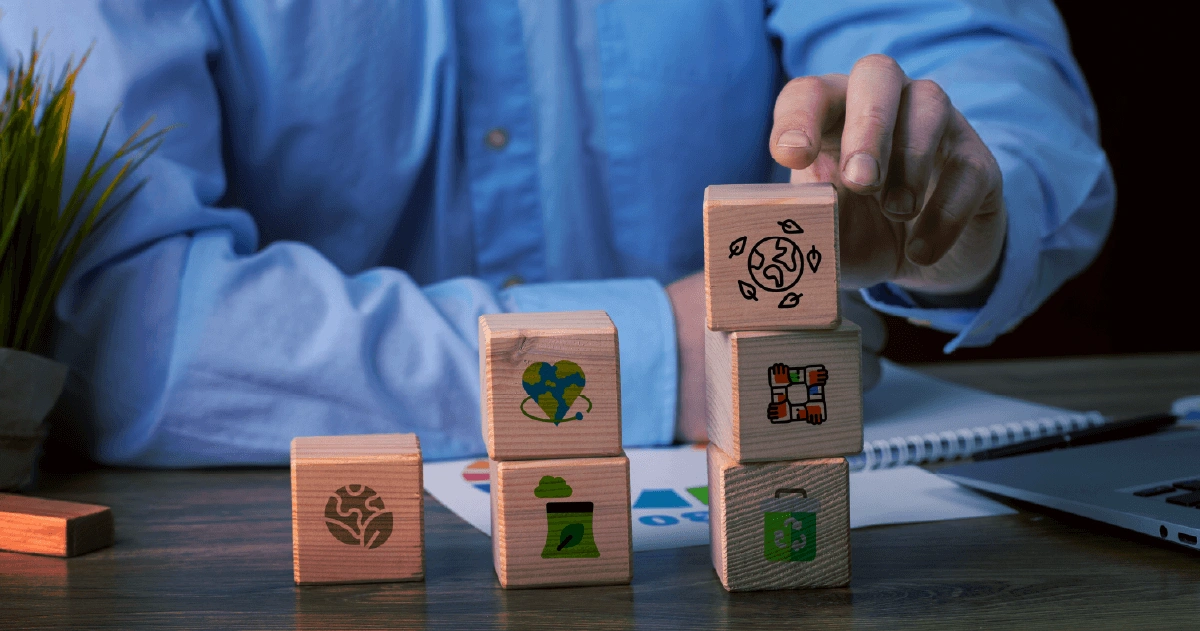
How will the surge in sustainability change licensing?
Sustainability is increasingly crucial for businesses around the world. Across the $275 billion licensing industry, retailers, licensors, licensees and trade suppliers are tackling the nuances of sustainability requirements for materials, manufacturing and packaging. Many licensees must submit sustainability plans for contract approval or renewal.
More than a corporate buzzword
Sustainability can mean many things:
- Using biodegradable, organically sourced, recycled or reusable materials
- Using closed-loop systems for manufacturing
- Reducing plastic
- Reducing the release of toxic chemicals
- Conserving water
- Recovery, recycling and size reduction of materials
This is the way
As a licensor, your commitment to sustainability will drive the entire licensing process. Licensing always begins with the brand and the brand owner. The more committed brand owners are to the sustainability initiative, the more commonplace it will be for licensees and manufacturers.
Brands that can’t tout sustainability will eventually disappear. No one buys canned tuna that isn’t marked “dolphin-safe.” The “dolphin-safe” claim isn’t even printed on the packaging anymore because it is tacitly accepted (albeit legally required in most countries). The same will happen for brand merchandise as soon as you mandate it.
As you grow savvier about sustainability best practices when developing agreements with licensees, you will gradually need to add more requirements to force the issue. Since many manufacturers are not beholden to U.S. or Western European manufacturing standards, they will not voluntarily become “responsibly sourced.” Again, it must be mandated.
Brand owners know this, and there are enough manufacturers who will comply or work towards compliance that entire licensing programs are shifting to enforce sustainability requirements. Licensees are savvy, too, but they are less likely to take the lead.
Gradual acceleration
You should gradually integrate sustainability into intellectual property (IP) strategy and management for everything from research and development, patent protection and procurement of exclusive rights to portfolio management, valuation and commercialization. The “become 100% sustainable or you’re out” approach will kill some brands because existing manufacturing plants are too far from being wholly sustainable and require a strategy to get there.
Much like California’s mandate that all new cars sold in the state must be electric or plug-in electric hybrid by 2035, an accelerated but gradual integration is the way to go. Taking a similar approach with brands and leveraging the goodwill that stems from that gradual path allows a brand to grow at the same pace as its consumers’ enlightenment and sustainability demands.
Once the final bar of 100% sustainability becomes achievable, any brand can require any prospective licensee to meet all sustainability-related packaging, manufacturing and distribution requirements to be awarded the license.
A matter of cost
While sustainability is a watchword with consumers, the primary challenge it poses to brands, licensors, licensees and suppliers trying to transition to sustainable programs is cost. Some consumers justify the higher cost of certain sustainable goods, but others may opt for a less expensive, less sustainable choice. According to researchers at Deloitte Insights, between September 2021 and March 2022, the number of consumers who bought sustainable product options declined because of cost.
The technology to be eco-friendly and sustainable already exists, as does the general human concern that it “should be done.” Actuaries must determine the models that make sustainability possible in the mainstream. It can be done, but it must be cost-effective.
As sustainability expectations from retailers and consumers grow, licensing contracts will start carrying sections on sustainability requirements. Compliance will determine the brands’ and licensees’ success and longevity.
The penalty box
Eventually, you will penalize licensees for failing to meet sustainable contract requirements, just like you do for infringements, out-of-territory sales, late reporting and late payments. It will become a critical factor in the product approval process because it increases the stringency and number of checkpoints required to approve a piece of brand merchandise for public consumption. Additional requirements will include the following:
- Increased factory inspections
- Proof of sustainability across the entire supply chain
- Pricing and labeling to tout sustainability (similar to labeling for recyclability or age restrictions on toys and games)
Change is gonna come
Sustainability in licensing is inevitable. Industry players will need to shift, refocus and reformulate their products to make their sustainability propositions more attractive, cost-effective and appealing to older generations.
Being an early adapter is likely more lucrative in the long run. To navigate the complexities of sustainability, you should look to solutions that help:
- Track sustainability requirements and the compliance checklist that will inevitably be a part of license agreements
- Tackle more complicated royalty and finance models that reward sustainability
- Simplify audits or inspections that will be part of the new sustainable licensing world

